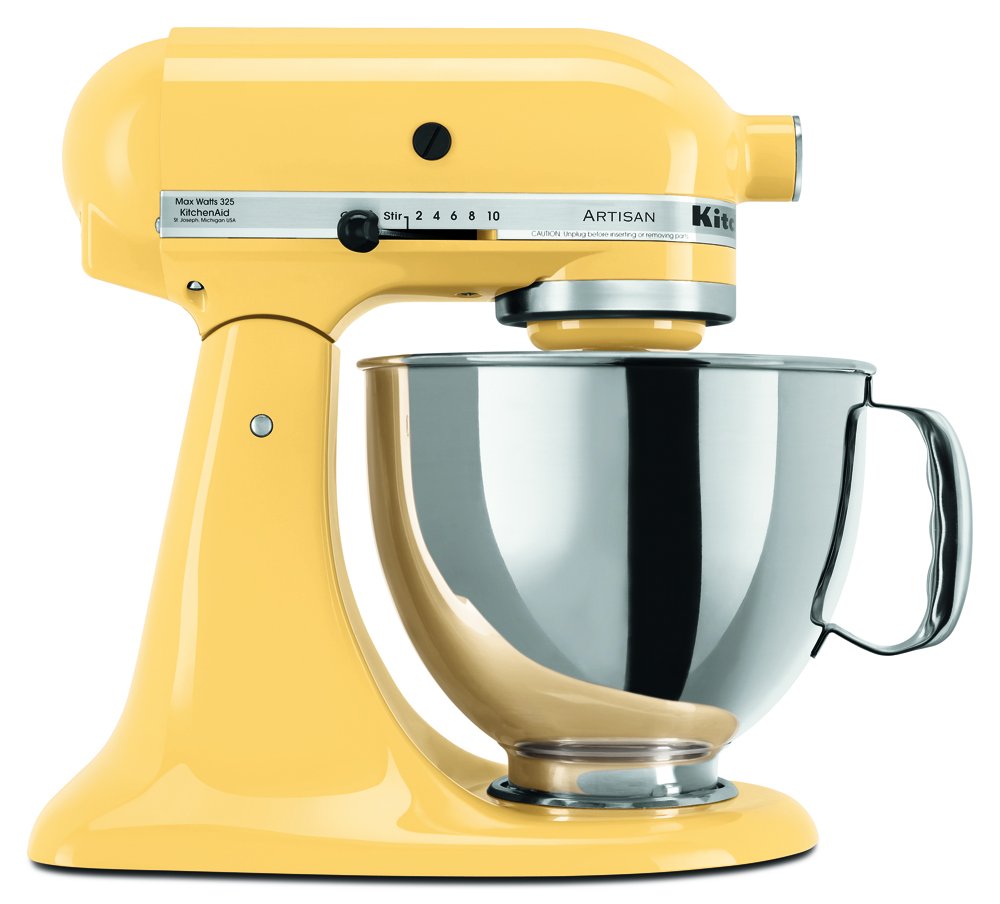deadfall
Well-Known Member
Not a bad recipe. Not too sweet. Not sour but your indoor temp maybe different then mine. Cookie almost cake like but still cookie.

1/2 cup sourdough starter
1/2 cup butter soft
1 to 1-1/3 cups whole wheat flour
2/3 cup organic sugar
1 egg
1 teaspoon vanilla
1/2 teaspoon kosher salt
1/2 teaspoon baking powder
1 teaspoon baking soda
1/3 cup chocolate chips
1/4 cup craisin
1/4 cup chopped walnuts
Mix flour butter starter. Should be rather stiff. Proof for up to 8-10 hrs at room temp.
Mix all other ingredients. teaspoon drops. makes 2 dozen
375 for 12 minutes.
I might add coconut next time and try maple syrup instead of sugar. I'll have to adjust the flour for the Maple syrup.

1/2 cup sourdough starter
1/2 cup butter soft
1 to 1-1/3 cups whole wheat flour
2/3 cup organic sugar
1 egg
1 teaspoon vanilla
1/2 teaspoon kosher salt
1/2 teaspoon baking powder
1 teaspoon baking soda
1/3 cup chocolate chips
1/4 cup craisin
1/4 cup chopped walnuts
Mix flour butter starter. Should be rather stiff. Proof for up to 8-10 hrs at room temp.
Mix all other ingredients. teaspoon drops. makes 2 dozen
375 for 12 minutes.
I might add coconut next time and try maple syrup instead of sugar. I'll have to adjust the flour for the Maple syrup.
Last edited:











![Craft A Brew - Safale BE-256 Yeast - Fermentis - Belgian Ale Dry Yeast - For Belgian & Strong Ales - Ingredients for Home Brewing - Beer Making Supplies - [3 Pack]](https://m.media-amazon.com/images/I/51bcKEwQmWL._SL500_.jpg)






































